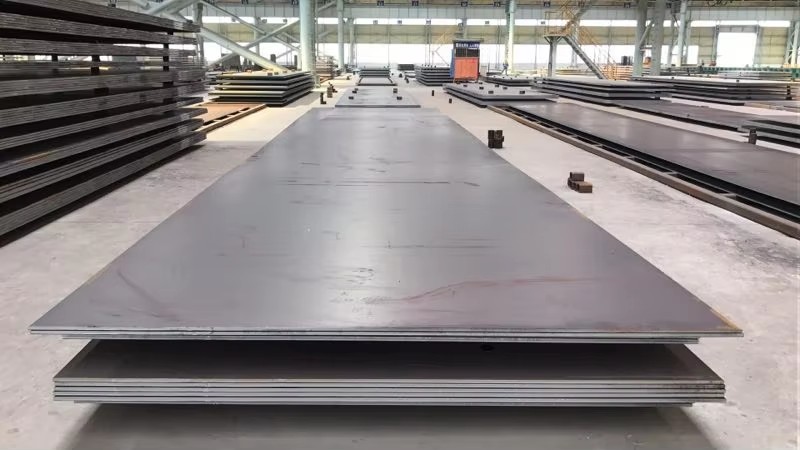Product Overview
Produced from AR400 abrasion-resistant steel with a Brinell hardness of 400 HBW, these plates offer superior impact resistance and wear performance in high-stress applications. Available in thicknesses from 1/4" to 2" and widths up to 10', they are cut-to-size per customer specifications.
Product Name | A36 4mm 8mm ms sheet 10mm 12mm thick steel plate Hot Rolled Carbon Steel Plates carbon steel sheet for construction |
Shape | Checkered Sheet/Plate |
Technology | Cold Rolled/Hot Rolled |
Standard | ASTM, JIS, DIN, etc. |
Material | Q195, Q215, Q235, Q255, Q275, Q245R, Q355R, etc. |
Thickness | 0.2-80mm |
Thickness Classification | Thin plate, Medium plate, Thick plate, Extra thick plate |
Width | 500-3000mm or Customized |
Length | 2000-12000mm or Customized |
Application | Bridges, boilers, shipbuilding, roofing, structures, etc. |
Surface | Galvanized sheet, tinned sheet, composite steel plate, color coated steel plat |
Features
Abrasion Resistance: 3× longer service life than A36 steel in material handling applications, per ASTM G65 dry sand/rubber wheel testing.
Mechanical Properties: Tensile strength of 1,800 MPa, yield strength of 1,250 MPa, and 10% elongation for toughness under impact.
Weldability: Preheat to 250-300°F before welding with E11018-G electrodes, preventing cold cracking in thick sections.
Cost Efficiency: Reduces maintenance frequency by 60% in mining and construction equipment, offsetting higher initial cost.
Application
Mining Equipment: Lined in crusher bowls, conveyor skirts, and shovel buckets, resisting abrasive ore wear.
Construction Machinery: Used in excavator buckets, bulldozer blades, and asphalt paver screeds.
Material Handling: Fabricated into dump truck beds and recycling equipment, withstanding impact from debris.

FAQ
Q: What is the maximum thickness for cold forming?
A: Plates up to 3/4" can be cold-formed with minimum bend radius of 5× material thickness; thicker plates require hot forming.
Q: How to repair worn plates?
A: Use hardfacing electrodes (e.g., EFeMn-A) to build up worn areas, achieving 55-60 HRC hardness in the weld deposit.
Q: Are they suitable for low-temperature environments?
A: Yes, impact toughness remains acceptable down to -40°C, making them suitable for cold-climate mining operations.
















